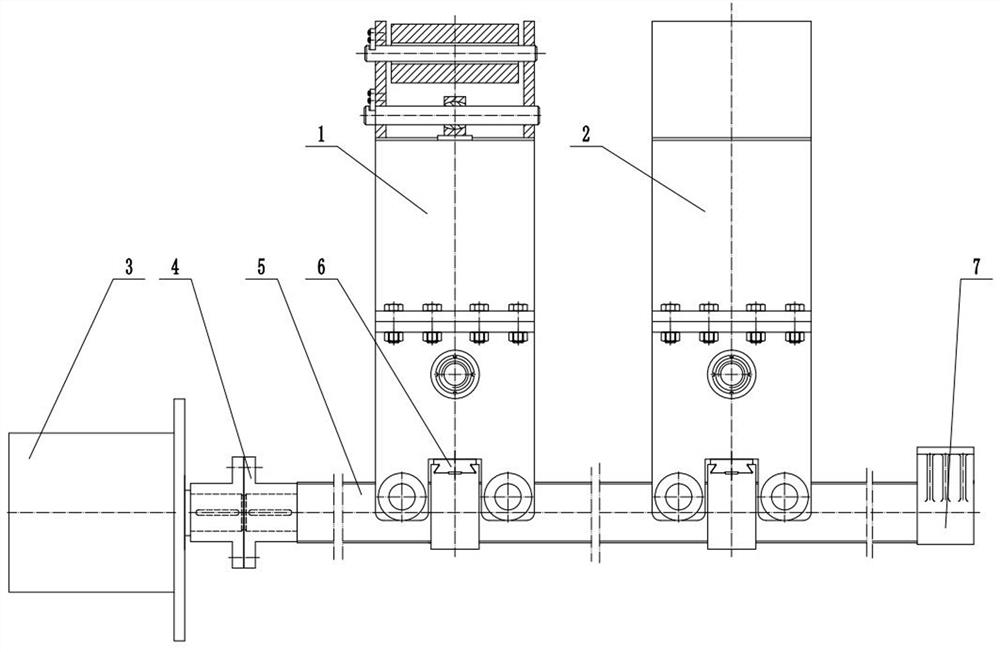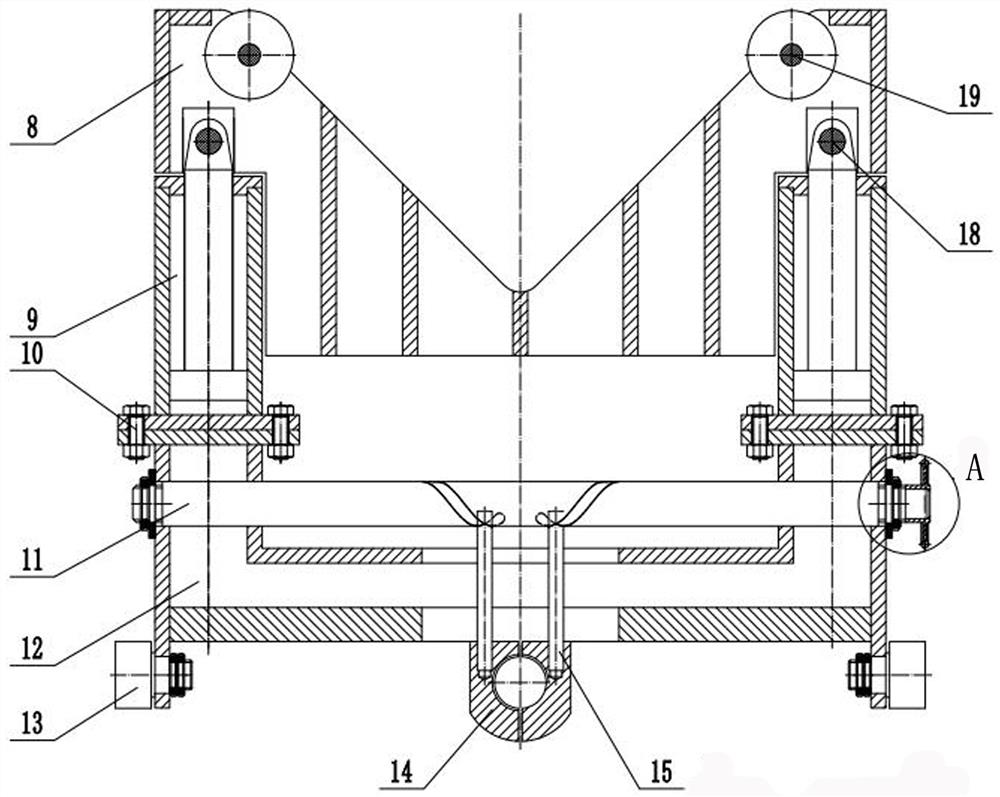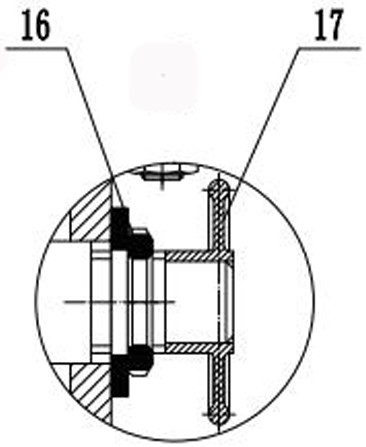Automatic installing and positioning device for large-diameter shaft parts for lathe
A shaft part, automatic installation technology, applied in positioning devices, large fixed members, metal processing machinery parts and other directions, can solve the problems of low positioning and installation efficiency, high labor intensity, etc., to achieve simple structure, convenient installation, saving man-hours and The effect of human labor
- Summary
- Abstract
- Description
- Claims
- Application Information
AI Technical Summary
Problems solved by technology
Method used
Image
Examples
Embodiment Construction
[0021] In the following, the present invention will be specifically described through exemplary embodiments. It should be understood, however, that elements, structures and characteristics of one embodiment may be beneficially incorporated in other embodiments without further recitation.
[0022] It should be noted that unless otherwise defined, the technical terms or scientific terms used herein shall have the usual meanings understood by those with ordinary skill in the field of the present invention. "First", "second" and similar words used in the patent application specification and claims of the present invention do not indicate any order, quantity or importance, but are only used to distinguish different components. Likewise, words like "a", "an" or "the" do not denote a limitation of quantity, but mean that there is at least one. Words such as "comprises" or "comprises" and similar terms indicate that the elements or items preceded by "comprises" or "comprises" include...
PUM
 Login to View More
Login to View More Abstract
Description
Claims
Application Information
 Login to View More
Login to View More - R&D
- Intellectual Property
- Life Sciences
- Materials
- Tech Scout
- Unparalleled Data Quality
- Higher Quality Content
- 60% Fewer Hallucinations
Browse by: Latest US Patents, China's latest patents, Technical Efficacy Thesaurus, Application Domain, Technology Topic, Popular Technical Reports.
© 2025 PatSnap. All rights reserved.Legal|Privacy policy|Modern Slavery Act Transparency Statement|Sitemap|About US| Contact US: help@patsnap.com



